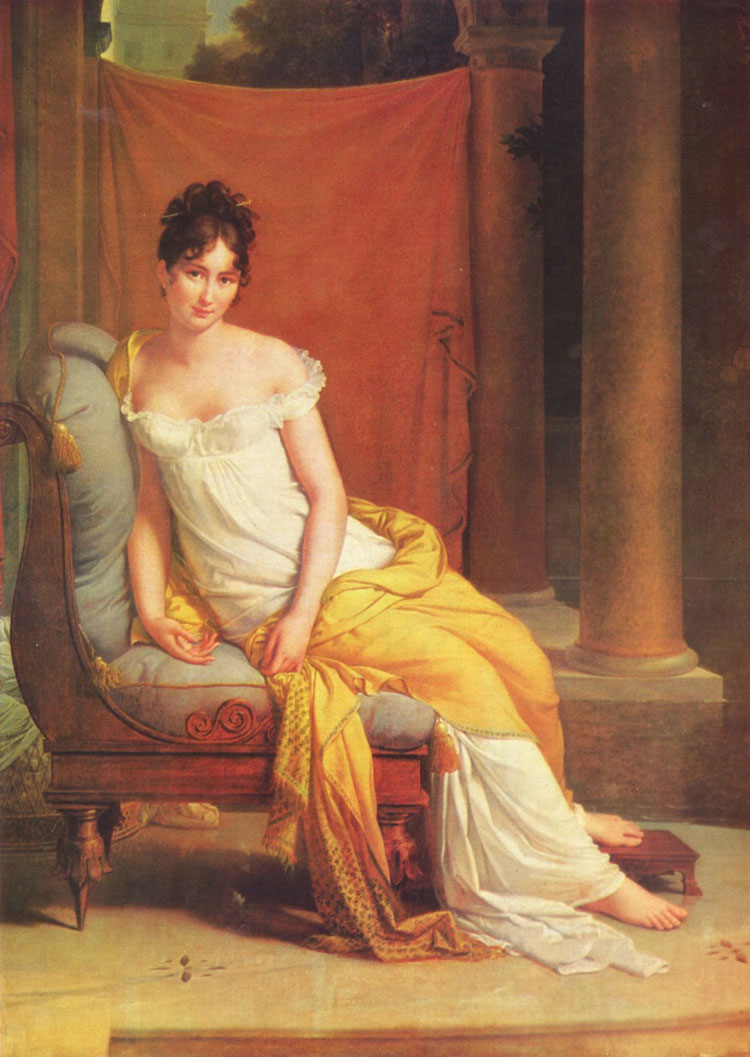
François Pascal Simon, Baron Gérard, ‘Portrait of Juliette Récamier‘ (1802)
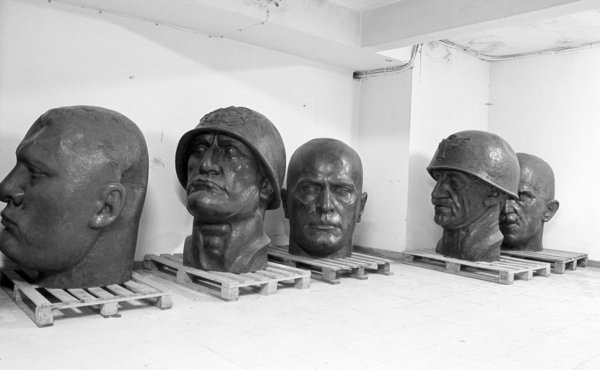
‘Le Teste in Oggetto (The Heads in Question)’ (2009) by Rosella Biscotti.
Found by the artist in the storerooms of the Palazzo degli Uffici in the EUR district in Rome, these five bronze sculptures were commissioned to Giovanni Prini (1877-1958) and Domenico Rambelli (1886-1972) for the 1942 World’s Fair, which was later cancelled. For this installation the bronze sculptures were temporarily relocated and shown to the public for the first time.
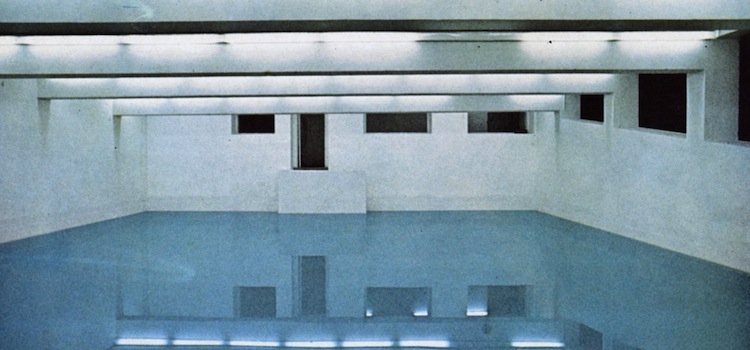
Fabio Sargentini ‘Flooding of the Via Beccaria gallery space, L’Attico, Rome’ (1976)
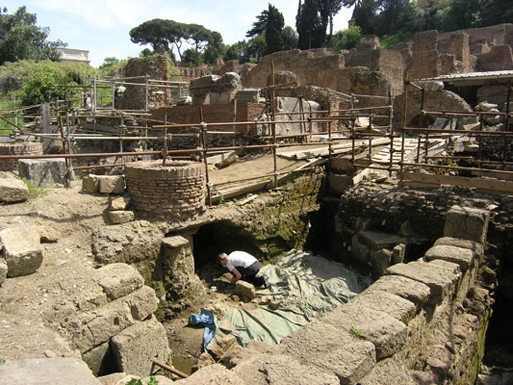
‘Preservation of Ikea tea-cup’ (2005) by Maarten Vanden Eynde
When the Ikea catalogue became the most printed book in human history (beating the bible for the first time ever), Vanden Eynde decided to give history a hand and preserve an Ikea tea-cup. Climbed over the fence of Il Foro Romanum, the old city center of Rome, he buried a tea-cup under the observation of a visiting crowd of shocked tourists. The cup is still there, to be discovered by future archaeologists.
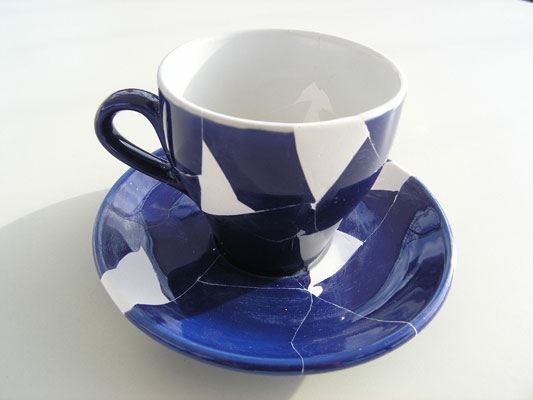
‘Genetologic Research Nr. 22: 60937 Ikea-era, 2005 A.D. Rome, Italy’ (2005) by Maarten Vanden Eynde
A new Ikea tea-cup and plate were broken and afterwards restored with restoration paste. It was made in the same week as the intervention work Preservation of Ikea tea-cup.
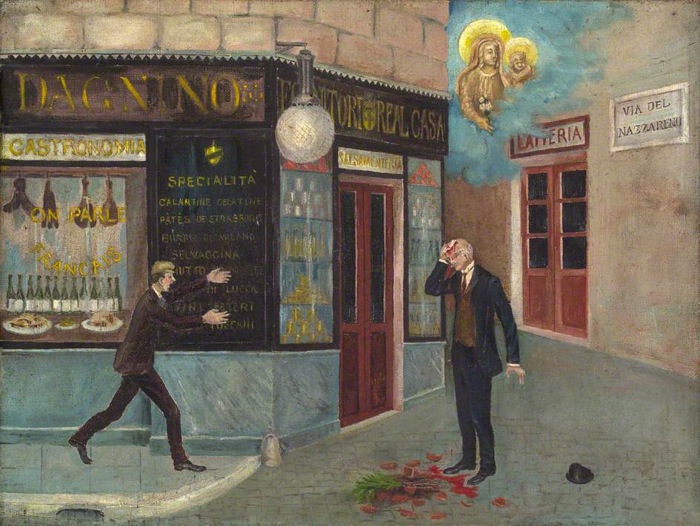
‘A man being hit on the head by a falling flowerpot in Rome Via del Nazzareno’ (c.1890) by an unknown artist
Seen at the Wellcome Collection, London
Stephen Wiltshire draws Rome from memory.
Stephen Wiltshire is a British man who was diagnosed as autistic when he was a child. He’s also been noted for his exacting memory, which allows him to recreate [in drawings] vast scenes he sees only once. This video shows his 16-foot-panorama of Rome after taking one helicopter ride above the city.
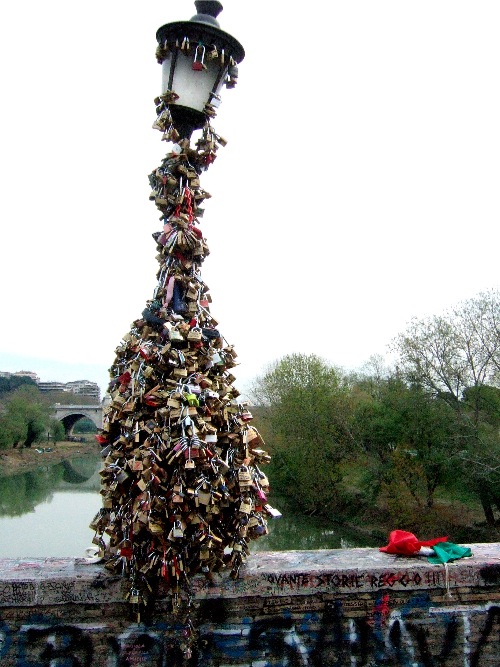
Locks of love at the Ponte Milvio in Rome, Italy.
Locks of love are the padlocks fixed by loving couples to symbolize their eternal love. A couple would hang a padlock after inscribing their name or initials on it and throw the key away so that their love is locked forever.
Jean-Baptiste Ganne
Jean-Baptiste Ganne, Untitled (All that Glitters is Gold) (2007)
Installation in the water tank of the roman Villa Medici, 2007.
TAILS (Effet placebo). Between radical criticism of government organisations and simple prostitution the gap can appear extremely small. Pouring the budget that is supposedly attributed to the production of an artwork out onto the ground, would be a way of lowering the legal tender (the sign of value), of spreading it about, immobilising it. Then making it both the subject and the object of the piece(s).
HEADS (Et fait place au beau). Everything will be read as a “fountain-making”. And the multiplication of figures. Of those born from the waters and money of antiquity. Make a hundred thousand Boticellian Venuses glitter under the flow of raindrops from the natural fountain that the water tank at the Villa Medici is, like a hundred thousand wishes impossible to formulate.